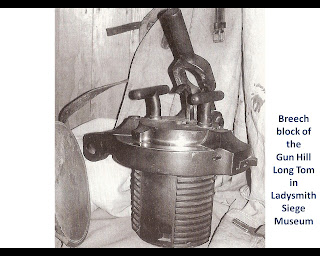
On picquet opposite Observation Hill that evening were the men of Isaac Malherbe’s corporalship of the Pretoria commando, among whose members was Deneys Reitz and his older brother, Joubert. The Isaac Malherbe Corporalship was comprised of twenty-five men and included the five Malherbe brothers. On 10th December a number of them had been sent to Modderspruit station to collect supplies and had not returned by the time their colleagues had left the laager. That night the rest set off to take up their usual position facing Observation Hill from where they were usually close enough to be able to hear the British sentries as they patrolled nearby. On the farm Eendvogel Vley a probable place where they “pulled off our boots, spread out blankets and went to sleep” has been located. The other Boer picquet, that under the command of Corporal Fred Tossel, was somewhere in the vicinity. Reitz says it was at the foot of Surprise Hill. It was later said that they spotted the Riflemen but crept away without
giving the alarm. For a stretch of nearly three miles, there were thus only three pickets, roughly seventy-five
men, of whom only six were awake and on guard. From the left: Back row: Isaac Malherbe (40), Lammie de Villiers (23), Jac Retief, Jan Malherbe, (37) brother of Isaac, Kenne Malherbe (27) lawyer, Hennie Malherbe (32) brother of Isaak, lawyer, Joubert Reitz (behind) (18), Denys Reitz (17), D. de Villiers, Flip Tulleken, Johan Retief. Middle row: Charlie Jeppe (29), Dawie Malherbe (33), Wallie de Vos (28), Paultjie de Villiers, Gert Coetzee, Johnnie de Villiers (28). Front: J. Solms, B. van Rensburg, Sampie van Zyl (30), J. Rattray,.Jan Luttig (39).

















































